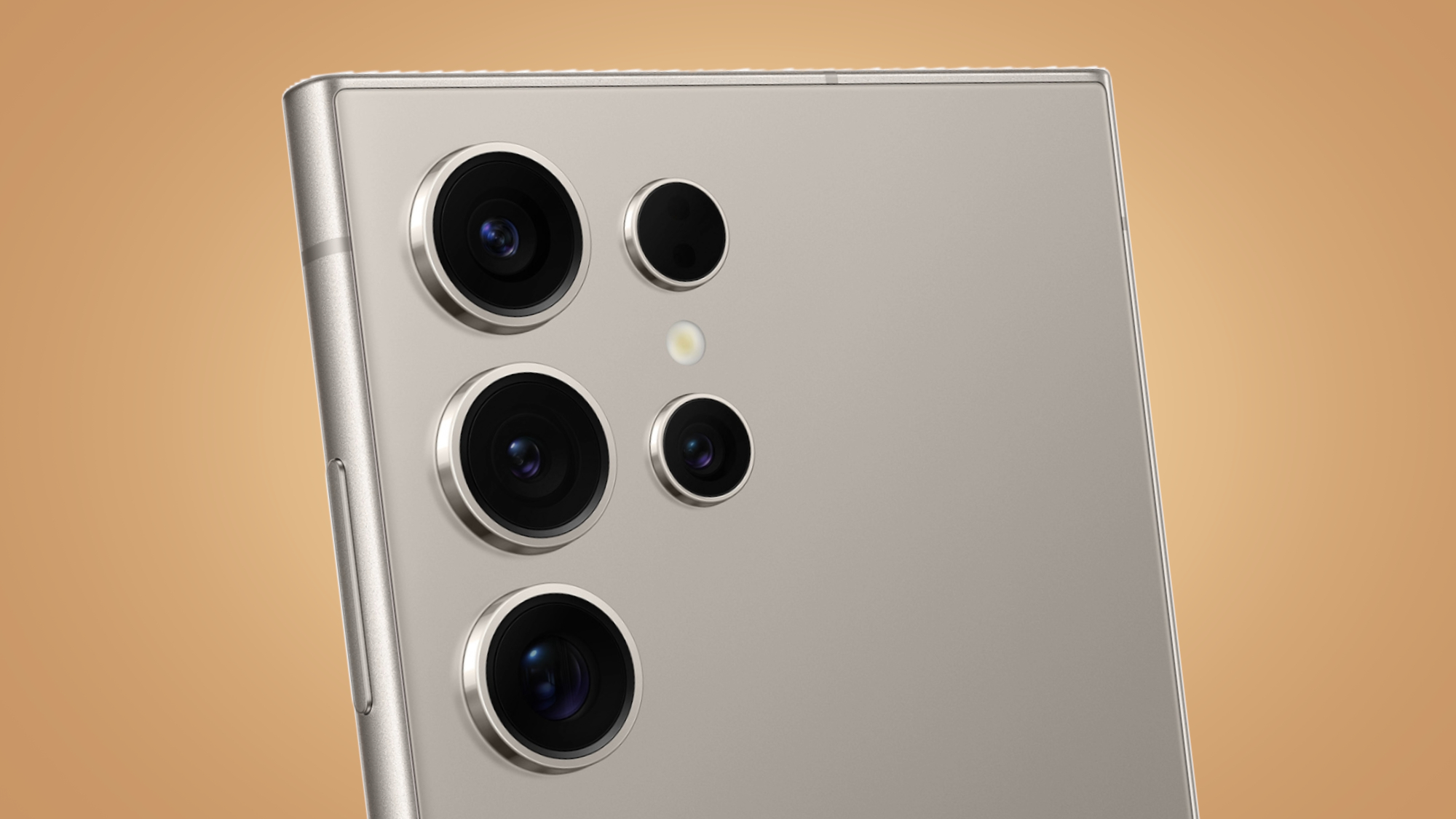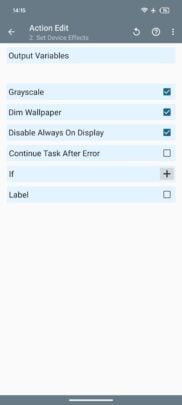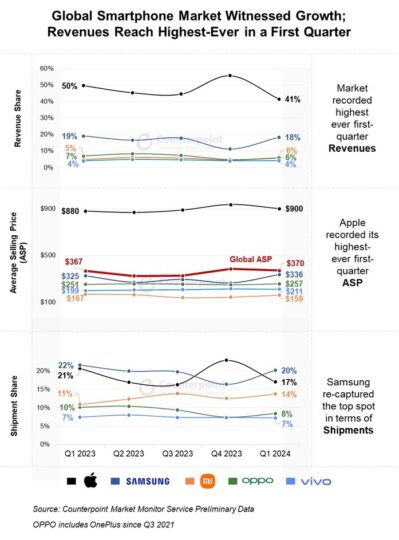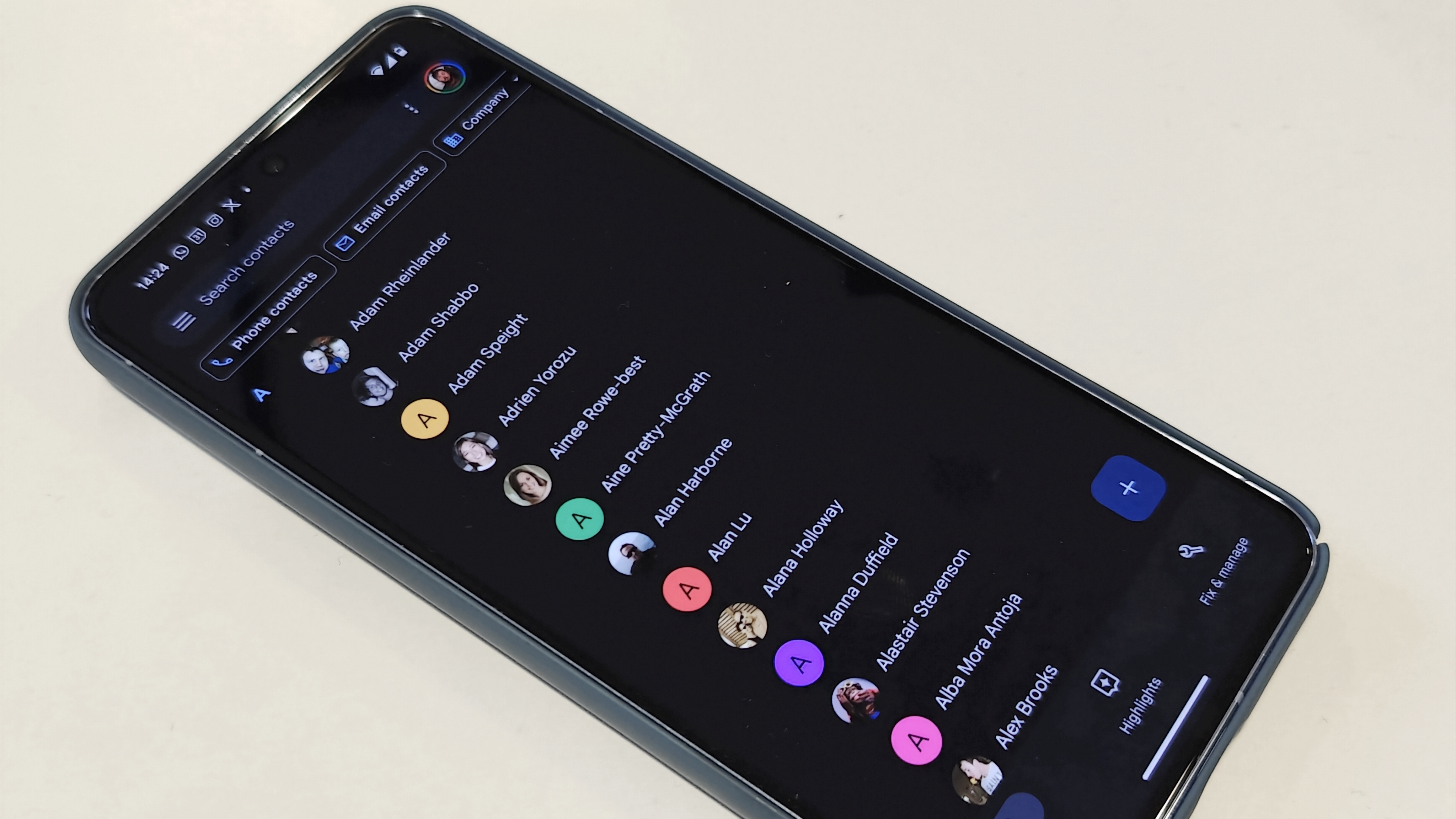[ad_1]

Android 15 looks set to bring in improved video stabilization for third-party camera apps, and could be the key to making some of the best Android phones true video competitors to the best iPhones.
Android Authority code-diver Mishaal Rahman found that Android 15 looks set to get a new ‘Eyes Free’ feature added to the Android’s existing Camera2 API that allows third-party camera apps to access extensions phone makers have implemented into their devices. In the case of Eyes Free, that means bringing in the first Android camera extension that can be used in video capture. According to the description of Eyes Free, it “aims to lock and stabilize a given region or object of interest”.
So from that and Rahman’s report we can glean that Eyes Free will bring the video stabilization found in the likes of the Google Pixel 8 Pro and Samsung Galaxy S24 Ultra to video-centric third-party apps such as Snapchat and Instagram.
So this would mean that alongside video stabilization, third-party apps could tap into the auto detection, bokeh, Face retouch, HDR and Night modes facilitated by the Camera2 extension.
Such features mean that users can harness the camera and recording options in third-party apps without seeing a big dip in quality; absent this, in order to get the best photos and videos, users would need to capture them in their phone’s native camera app, and then go through the process of uploading to a third-party app, rather than shooting directly in that app.
It’s worth noting that phone makers can implement their own camera pipelines for third-party apps. But having the Eyes Free feature could help boost some videography on Android phones in general, and bring it more in line with what the likes of the iPhone 15 and iPhone 15 Pro can offer in terms of video capture through non-native apps.
While this isn’t the biggest potential upgrade Android 15 looks set to bring in, it’s an indication that we could see video capture get a shot in the arm for Android phones. In general, iPhones tend to be seen as the leader in smartphone videography, with Google and Samsung phones not quite delivering the same image quality and ease of use.
We expect to hear a lot more about Android 15 at Google I/O on May 14, so stay tuned for all the news out of that software-heavy event.
You might also like
[ad_2]
Source Article Link














